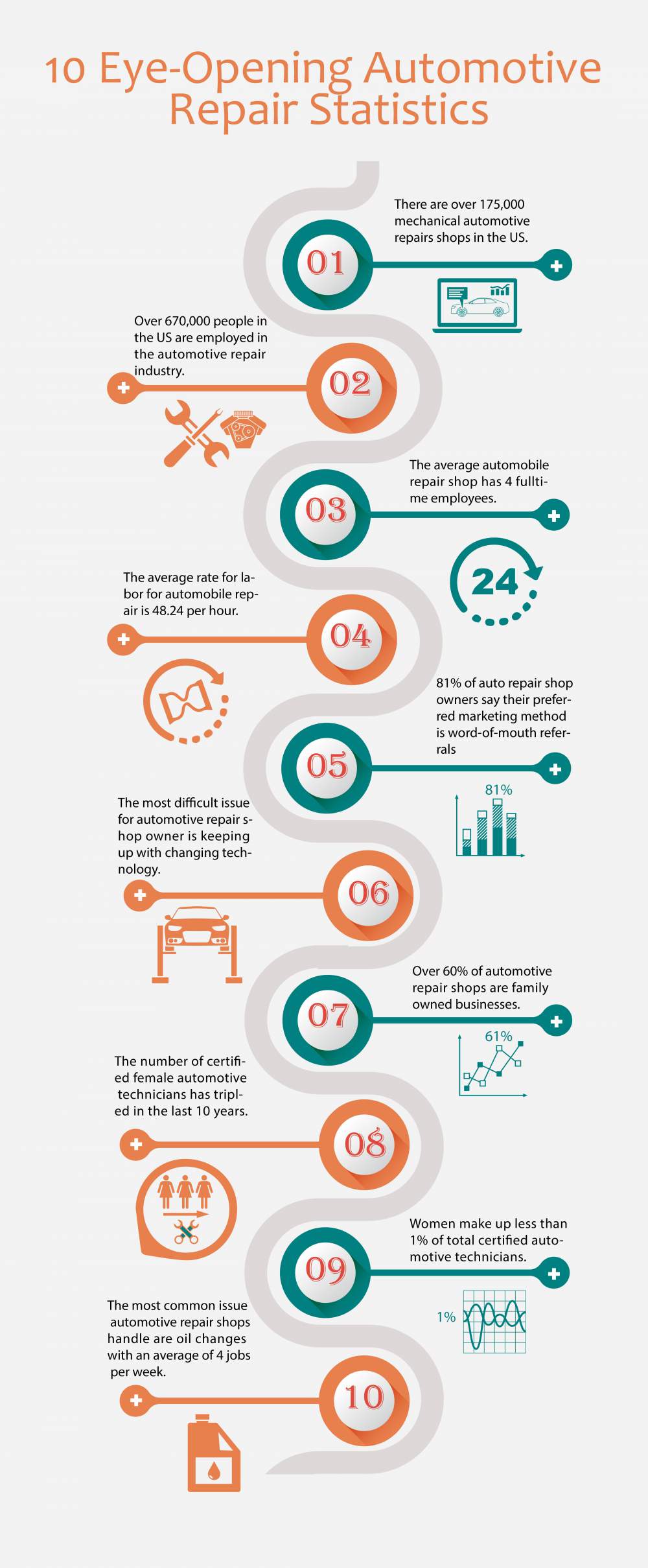Looking For Clarity On The Warning Lights Displayed On Your Auto'S Dashboard? Learn Just How They Connect To Your Car'S Health And Safety
Looking For Clarity On The Warning Lights Displayed On Your Auto'S Dashboard? Learn Just How They Connect To Your Car'S Health And Safety
Blog Article
Author-Termansen Winters
When you're behind the wheel, those glowing warning lights on your control panel can be a little bit perplexing. Do you recognize what they're trying to tell you regarding your cars and truck's wellness? Recognizing the relevance of these lights is essential for your safety and security and the longevity of your car. So, the following time one of those lights pops up, wouldn't you wish to decipher its message precisely and take the essential steps to address it?
Common Warning Lights and Interpretations
Recognize common caution lights in your cars and truck and understand their meanings to make certain risk-free driving.
One of the most regular warning lights include the check engine light, which signifies concerns with the engine or discharges system. If this light begins, it's essential to have your automobile examined immediately.
The oil stress alerting light suggests low oil stress, requiring prompt attention to avoid engine damage.
A blinking battery light might recommend a damaged charging system, possibly leaving you stranded if not dealt with.
https://brakes-near-me62739.kylieblog.com/31716329/are-you-aiming-to-determine-top-notch-auto-repair-work-services-in-your-area monitoring system (TPMS) light notifies you to reduced tire stress, affecting car security and gas effectiveness. Neglecting https://griffinoidys.ja-blog.com/31264993/a-guide-to-the-leading-10-considerations-for-discovering-the-most-effective-vehicle-repair-shop-close-by might result in dangerous driving problems.
The ABS light indicates a problem with the anti-lock braking system, endangering your ability to quit quickly in emergency situations.
Last but not least, the coolant temperature warning light warns of engine getting too hot, which can lead to severe damage if not settled promptly.
Recognizing these usual caution lights will assist you address problems without delay and keep secure driving problems.
Importance of Prompt Focus
Recognizing the usual warning lights in your car is just the initial step; the importance of without delay addressing these cautions can't be emphasized enough to ensure your safety when driving.
When a caution light brightens on your control panel, it's your vehicle's way of connecting a possible concern that requires interest. Overlooking these cautions can bring about a lot more extreme problems down the road, jeopardizing your security and potentially costing you extra out of commission.
Prompt attention to alerting lights can protect against break downs and crashes. For example, a flashing check engine light can suggest a misfire that, if left neglected, could cause damage to the catalytic converter. Addressing this promptly can save you from a costly fixing.
Likewise, a brake system warning light could indicate reduced brake liquid or worn brake pads, critical elements for your safety and security when driving.
Do It Yourself Troubleshooting Tips
If you notice a caution light on your control panel, there are a couple of do it yourself repairing suggestions you can attempt before seeking professional aid.
The very first step is to consult your vehicle's guidebook to recognize what the particular warning light indicates. Often the issue can be as basic as a loosened gas cap activating the check engine light. Tightening the gas cap may settle the trouble.
Another common problem is a low battery, which can set off numerous alerting lights. Checking the battery links for rust and guaranteeing they're safe might take care of the trouble.
If a warning light persists, you can try resetting it by separating the automobile's battery for a few minutes and afterwards reconnecting it. Furthermore, inspecting https://titustnhcv.bloggerchest.com/31112201/important-devices-every-automobile-repair-shop-ought-to-have , such as oil, coolant, and brake liquid, can help troubleshoot alerting lights associated with these systems.
Conclusion
Finally, comprehending your vehicle's caution lights is necessary for maintaining your car running smoothly and securely. By without delay dealing with these signals and knowing what they suggest, you can avoid pricey repair services and prospective breakdowns.
Keep in mind to consult your cars and truck's manual for particular information on each alerting light and act as necessary to make sure a hassle-free driving experience.
Stay notified, stay secure when driving!
